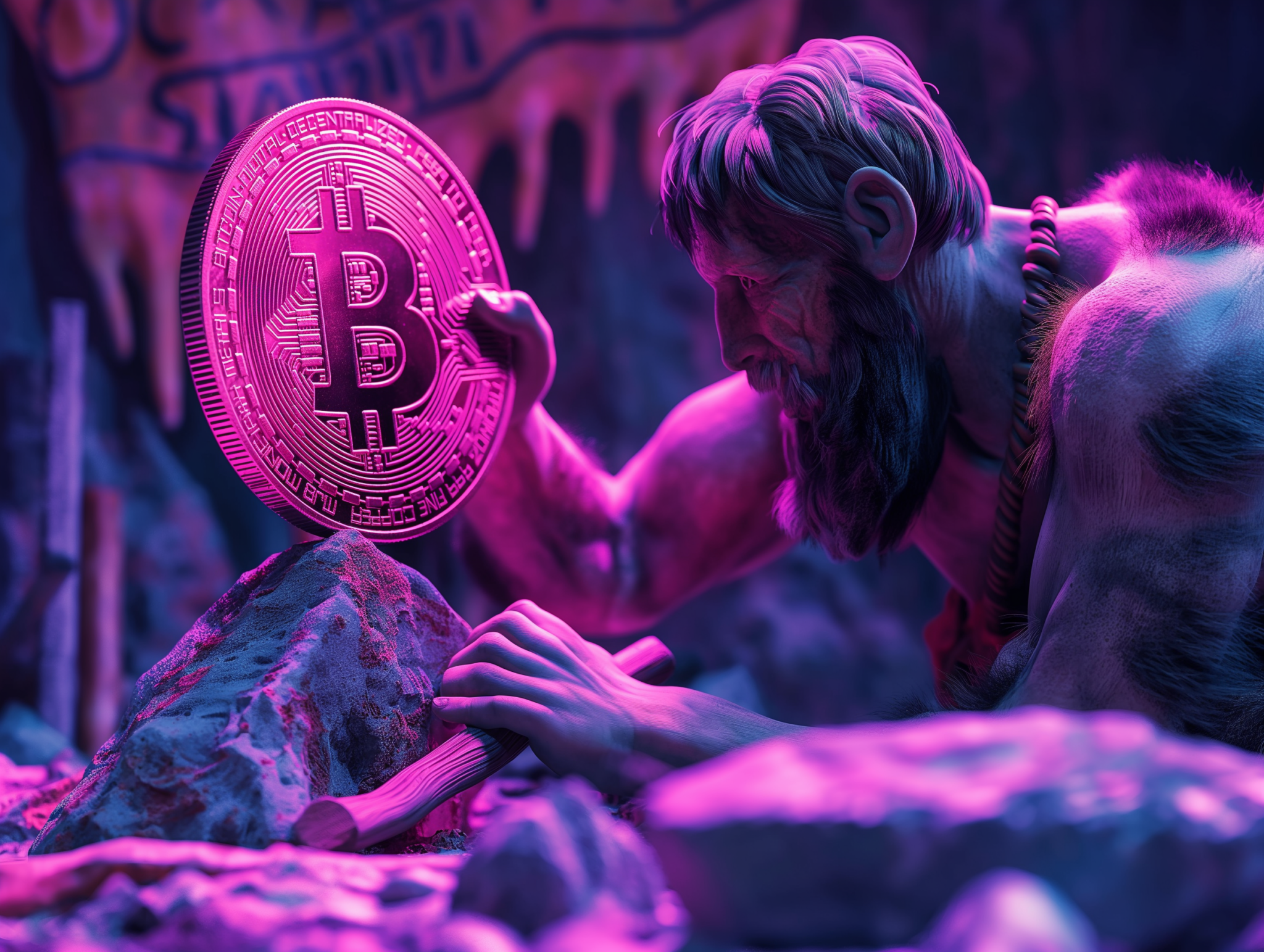In the ever-evolving landscape of digital finance, understanding the forces that shape cryptocurrency value is crucial for investors, developers, and enthusiasts alike. At the heart of this ecosystem lies a concept known as tokenomics—a portmanteau of “token” and “economics” that encompasses the study of how cryptocurrencies function within their broader ecosystems. Central to tokenomics is token supply, a fundamental factor in determining the value and potential of any digital asset.
The Essence of Tokenomics
Tokenomics is more than just a buzzword; it’s a comprehensive framework that helps us decipher the economic model governing the creation, distribution, and utilization of tokens within a blockchain ecosystem. This intricate tapestry weaves together various elements: token supply and distribution, utility and use cases, incentive mechanisms, governance structures, and market dynamics. Among these, token supply emerges as a critical thread, often setting the tone for a cryptocurrency’s market performance.
The Nuances of Token Supply
When talking about token supply, we’re not referring to a single, static number. Instead, it’s a multifaceted concept that includes several key metrics:
The total supply represents the entirety of the tokens created, encompassing both circulating and reserved tokens. Circulating supply, on the other hand, focuses on the tokens actively available in the market. For some cryptocurrencies, there’s also a maximum supply—a cap on the number of tokens that will ever exist, creating a sense of digital scarcity.
Each metric offers valuable insights into a project’s tokenomics, providing clues about its potential value and market behavior.
The Delicate Dance of Supply and Demand
The relationship between token supply and crypto value is rooted in the age-old economic principle of supply and demand. Just as with traditional assets, the value of a cryptocurrency is primarily determined by the delicate balance between these two forces.
Scarcity, for instance, can be a powerful driver of value. Cryptocurrencies with a limited supply, such as Bitcoin with its 21 million coin cap, often benefit from increased perceived value due to their rarity. This principle mirrors the enduring value of precious metals like gold. As of July 2024, there are approximately 19.72 million Bitcoins in circulation, leaving around 1.28 million Bitcoins yet to be mined, further emphasizing the scarcity that underpins its value proposition.
The rate at which new tokens are created (inflation) or removed from circulation (deflation) also plays a crucial role. High inflation rates can erode value over time, while deflationary mechanisms like token burning can potentially boost it. Ethereum’s implementation of EIP-1559, which burns a portion of transaction fees, is a prime example of how a project can shift towards a deflationary model to increase value potentially.
Beyond Supply: The Ecosystem’s Influence
While token supply is undoubtedly critical, it’s not the sole determinant of a cryptocurrency’s value. A token’s utility within its ecosystem can create demand, which interacts with supply to influence price. Tokens with robust use cases and high utility often see increased demand, which can drive up value when coupled with a limited supply.
Moreover, the initial distribution of tokens and the ongoing emission schedule can significantly impact a cryptocurrency’s perceived fairness and, consequently, its value. A well-designed distribution model that aligns incentives among stakeholders—developers, investors, and users—can foster a healthier ecosystem and potentially increase value.
Real-World Examples: Token Supply in Action
To truly grasp the impact of token supply on crypto value, we need only look at some of the market’s most prominent players. Bitcoin’s fixed supply and halving mechanism have been key drivers of its value proposition as “digital gold.” The scarcity created by this model has contributed to Bitcoin’s long-term price appreciation and its status as a store of value.
In contrast, Dogecoin presents a different approach with its unlimited supply and relatively high inflation rate. As of 2024, the total number of Dogecoins in circulation exceeds 132.7 billion, with an annual increase of approximately 5 billion coins. This high supply has historically made it challenging for Dogecoin to maintain high values, although other factors like community support and cultural phenomena have influenced its price in unexpected ways.
Binance Coin (BNB) offers yet another perspective, employing a token-burning mechanism that regularly destroys a portion of tokens based on trading volume. This deflationary approach has been cited as one factor contributing to BNB’s price appreciation over time. In a recent burn event, approximately 2,141,487.27 BNB were removed from circulation, equivalent to around $636 million. Such significant burns demonstrate supply management’s impact on a token’s perceived value.
The Bigger Picture: A Holistic View of Crypto Value
While token supply remains a fundamental aspect of crypto valuation, it’s crucial to maintain a holistic view. Market sentiment, regulatory environments, technological advancements, and overall adoption can significantly impact a cryptocurrency’s value, sometimes overshadowing supply dynamics.
The crypto market’s relative youth and volatility mean historical patterns may not always predict future performance. New economic models are constantly being developed and tested, making it essential for investors to stay informed and adaptable.
As the market matures, new factors might emerge that influence value, further complicating the prediction of cryptocurrency prices. This evolving landscape underscores the importance of considering multiple factors when assessing the potential value of any digital asset.
Navigating the Future of Digital Assets
For investors, understanding token supply metrics—including total supply, circulating supply, and maximum supply—is crucial for grasping a token’s overall availability and potential scarcity. Evaluating inflation or deflation rates, token utility, and distribution fairness can provide valuable insights into a cryptocurrency’s long-term prospects.
On the other hand, developers must design tokenomics that align with their project’s goals and use cases. Implementing mechanisms to manage supply, ensuring fair and transparent distribution, and balancing funding needs with the risk of oversupply are all critical considerations in creating sustainable and valuable crypto ecosystems.
One thing remains clear as we continue to navigate the exciting and often unpredictable world of digital assets: tokenomics, with token supply at its core, will remain a fundamental aspect of cryptocurrency valuation. By understanding these principles, we can better appreciate the complex interplay of factors that shape the value of digital currencies in our increasingly tokenized world.
















